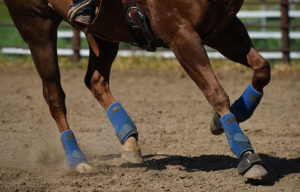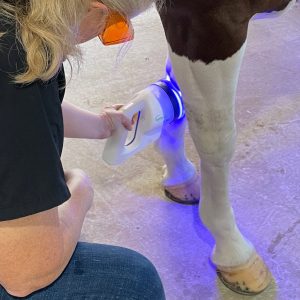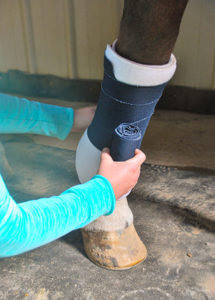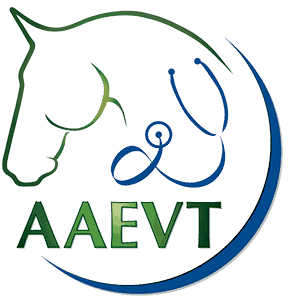Researchers Lay Groundwork for Future MRLS Studies
The scientific community wrapped up a two-day workshop at the University of Kentucky’s Gluck Equine Research Center Aug. 28 with a thorough review of research into mare reproductive loss syndrome (MRLS). They put forth some ideas on how to
The scientific community wrapped up a two-day workshop at the University of Kentucky’s Gluck Equine Research Center Aug. 28 with a thorough review of research into mare reproductive loss syndrome (MRLS). They put forth some ideas on how to proceed in 2003.
The workshop was based on the rationale that the causative agents of MRLS seem to be closely associated with the Eastern tent caterpillar. Participants discussed various studies and asked plenty of questions in an effort to lay the groundwork for future research.
The sessions focused on field and clinical observations of MRLS, laboratory correlates of MRLS, epidemiological and climatic correlates of MRLS, potential candidates for the Eastern tent caterpillar MRLS-inducing agent, investigative studies on MRLS and associated syndromes, experimental replication of MRLS, the connection with black cherry trees and caterpillar frass, and MRLS monitoring programs for 2002.
MRLS was so named in the spring of 2001 when mares in Central Kentucky and other areas suffered early and late fetal losses. In 2002, a monitoring program of 12 Thoroughbred and Standardbred farms in Central Kentucky showed that six of the 12 farms experienced early fetal loss and/or late-term abortions between April 25 and June 13. Except for two late-term abortions, the occurrences were always associated with the Eastern tent caterpillar
Create a free account with TheHorse.com to view this content.
TheHorse.com is home to thousands of free articles about horse health care. In order to access some of our exclusive free content, you must be signed into TheHorse.com.
Start your free account today!
Already have an account?
and continue reading.
Written by:
Tom LaMarra
Related Articles
Stay on top of the most recent Horse Health news with















